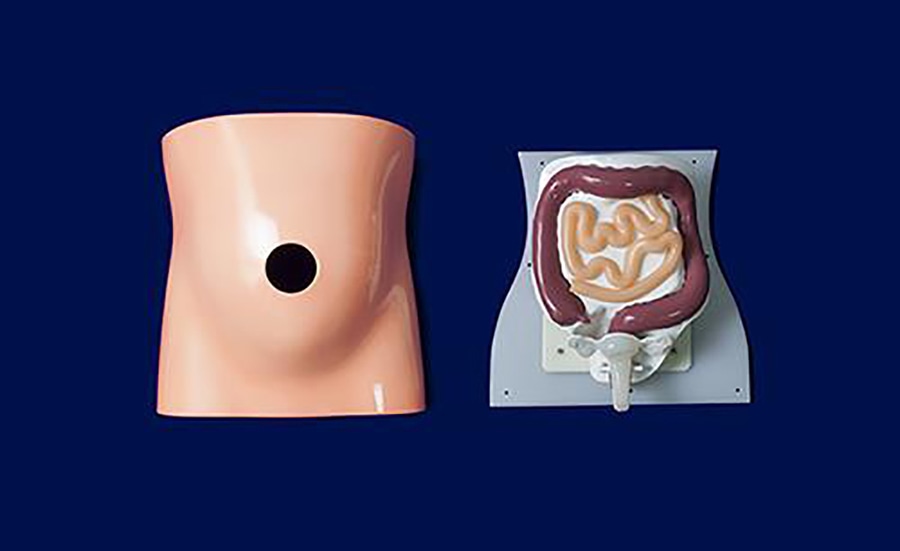
#Product Trends
The Impact of Laparoscopic Surgery and Pelvic Laparoscopy Simulator
Pelvic Laparoscopy Simulator
Laparoscopic surgery has revolutionized the field of surgery by offering a minimally invasive approach that improves patient outcomes and accelerates recovery. Alongside this advancement, the development of pelvic laparoscopy simulators has played a crucial role in training surgeons and refining their skills. In this article, we will explore the significance of laparoscopic surgery and the impact of pelvic laparoscopy simulators on surgical education and practice.
Understanding Laparoscopic Surgery
Laparoscopic surgery, also known as minimally invasive surgery, involves the use of small incisions and specialized instruments to perform surgical procedures within the abdomen or pelvis. Instead of traditional open surgery, laparoscopic procedures use a laparoscope—an illuminated camera attached to a thin tube—to visualize the surgical site. This technique offers numerous benefits, including reduced blood loss, less post-operative pain, faster recovery, and decreased risk of infection.
Advantages of Laparoscopic Surgery
Laparoscopic surgery has transformed the surgical landscape, providing significant advantages over traditional open surgery. By using small incisions, patients experience minimal scarring and reduced trauma to surrounding tissues. The enhanced visualization from the laparoscope enables surgeons to perform intricate procedures with greater precision. Additionally, the shorter hospital stays and quicker return to normal activities make laparoscopic surgery a preferred choice for patients.
Role of Pelvic Laparoscopy Simulators
Pelvic laparoscopy simulators have played a pivotal role in surgical education and training. These sophisticated simulators replicate the anatomy and physiology of the pelvic region, allowing surgeons to practice laparoscopic procedures in a controlled and realistic setting. Simulator training helps surgeons develop and refine their laparoscopic skills, including hand-eye coordination, depth perception, and instrument manipulation. This leads to improved surgical performance and enhanced patient safety.
Simulation-Based Training Benefits
Simulation-based training using pelvic laparoscopy simulators offers several advantages to surgeons and healthcare institutions. It provides a safe and controlled environment for surgeons to practice complex procedures without the risk associated with real patient encounters. The ability to repeat and review procedures on simulators allows surgeons to refine their techniques and gain confidence before performing surgeries on actual patients. Additionally, simulation-based training reduces the learning curve, shortens operative times, and enhances patient outcomes.
Technological Advancements in Pelvic Laparoscopy Simulators
Advancements in technology have led to the development of advanced pelvic laparoscopy simulators, further improving surgical education and practice. These simulators incorporate realistic anatomical models, high-resolution imaging systems, and haptic feedback mechanisms that recreate the tactile sensations of surgery. Virtual reality (VR) and augmented reality (AR) elements are also being integrated, offering immersive training experiences and enhancing the visualization of surgical procedures.
Conclusion
Laparoscopic surgery has transformed the field of surgery, offering patients less invasive procedures and improved outcomes. Pelvic laparoscopy simulators have played a vital role in training surgeons and refining their laparoscopic skills, benefiting both surgeons and patients. With ongoing technological advancements, pelvic laparoscopy simulators will continue to enhance surgical education, contribute to skill acquisition, and promote patient safety in the evolving landscape of minimally invasive surgery.





